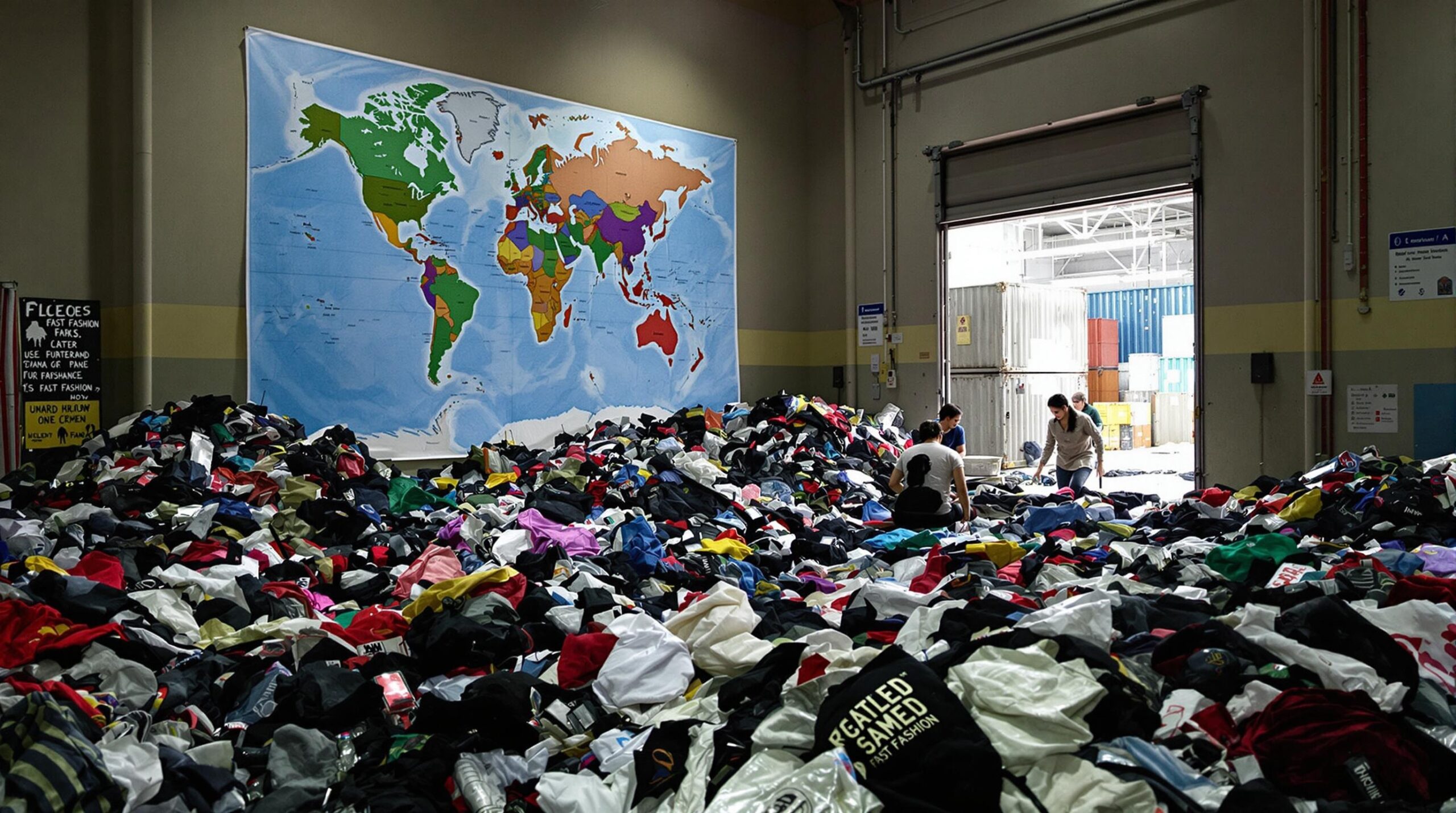Fast fashion has revolutionized the way consumers purchase and perceive clothing. It emphasizes quick production, low costs, and rapid turnover. This approach allows fashion companies to capitalize on trends, offering affordable styles to consumers. However, while the industry flourished, significant long-term impacts on global supply chains have emerged. This article will explore the implications of fast fashion, addressing the environmental, economic, and social consequences felt worldwide.
Rapid Production and Demand Pressures
Fast fashion demands rapid production cycles, forcing suppliers to meet tight timelines. Manufacturers prioritize speed, often at the expense of quality. This relentless pace pressures every part of the supply chain, from fabric production to garment manufacturing. Suppliers might cut corners to keep up, impacting workers’ safety and product durability. These practices can destabilize supply chain reliability and long-term sustainability.
To manage speed, brands often rely on just-in-time production methods. This approach reduces inventory costs but increases vulnerability to disruptions. Any interruptions, like natural disasters or political instability, can halt operations. Consequently, minor supply chain disturbances can have amplified effects under the fast fashion model.
Environmental Consequences and Resource Depletion
The environmental impact of fast fashion is profound and multifaceted. The industry relies heavily on non-renewable resources and polluting production techniques. Textile production uses vast amounts of water and energy, contributing significantly to global carbon emissions. Moreover, synthetic fibers from fossil fuels comprise many fast fashion products. This dependency highlights the unsustainable nature of fast fashion’s environmental practices.
Fast fashion also exacerbates waste problems. Unsold or returned clothing often ends up in landfills or incinerators, increasing environmental degradation. The rapid turnover of styles encourages disposability, leading consumers to discard garments after minimal use. This cycle of “buy, wear, discard” exacerbates resource depletion and pollution, challenging global waste management efforts.
Economic Implications and Market Volatility
Economically, fast fashion impacts both developing and developed regions. On one hand, it creates jobs and stimulates economies in manufacturing hubs. On the other, it can destabilize local markets due to its reliance on low-cost labor. This dependency encourages a race to the bottom in wages and working conditions as suppliers compete for contracts. Over time, these practices can lead to significant economic inequalities and unstable job markets.
Profit margins in the fast fashion industry are thin due to intense competition. Brands constantly need to innovate to stay relevant and attract consumers. However, this innovation often prioritizes design and speed over long-term sustainability. Market volatility and economic pressures can force brands to make short-term decisions without considering long-term impacts on supply chains.
Social Consequences and Labor Conditions
Socially, fast fashion has far-reaching implications, particularly concerning labor conditions. Many manufacturers employ workers in developing countries under challenging conditions to meet production demands. Although the industry creates jobs, these positions often come with low wages, long hours, and unsafe environments. The fast fashion model inherently values cost-cutting, frequently at the expense of workers’ rights and well-being.
Despite growing awareness, ethical labor practices remain a significant concern in fast fashion’s global supply chains. Initiatives and regulations strive to improve conditions, but the need for speed and low costs limits progress. As such, the social impact of fast fashion extends beyond labor to influence community health and development.
Transition Towards Sustainable Practices
Recognizing these challenges, some brands are shifting towards more sustainable practices. Implementing ethical sourcing and production methods can mitigate fast fashion’s negative impacts. For example, adopting sustainable materials reduces environmental harm and promotes circularity in the supply chain. Recycling initiatives and take-back programs can also limit waste and close the loop in garment life cycles.
However, transitioning to sustainability requires significant investment and organizational change. Brands must re-evaluate supply chain structures, prioritize long-term relationships, and commit to transparency. While challenging, these efforts can enhance brand reputation and consumer loyalty, offering competitive advantages in an increasingly conscious market.
Conclusion: A Call for Conscious Consumerism
In conclusion, fast fashion has left a lasting impact on global supply chains, with environmental, economic, and social consequences. The industry’s emphasis on rapid production and low costs presents significant challenges for sustainability. However, steps towards ethical and sustainable practices are emerging within the industry. Brands and consumers alike must recognize their role in shaping the future of fashion. The fashion industry can mitigate fast fashion’s long-term impacts by prioritizing sustainability and ethical treatment. Encouraging conscious consumerism and responsible production is crucial to fostering a sustainable global supply chain for future generations.

